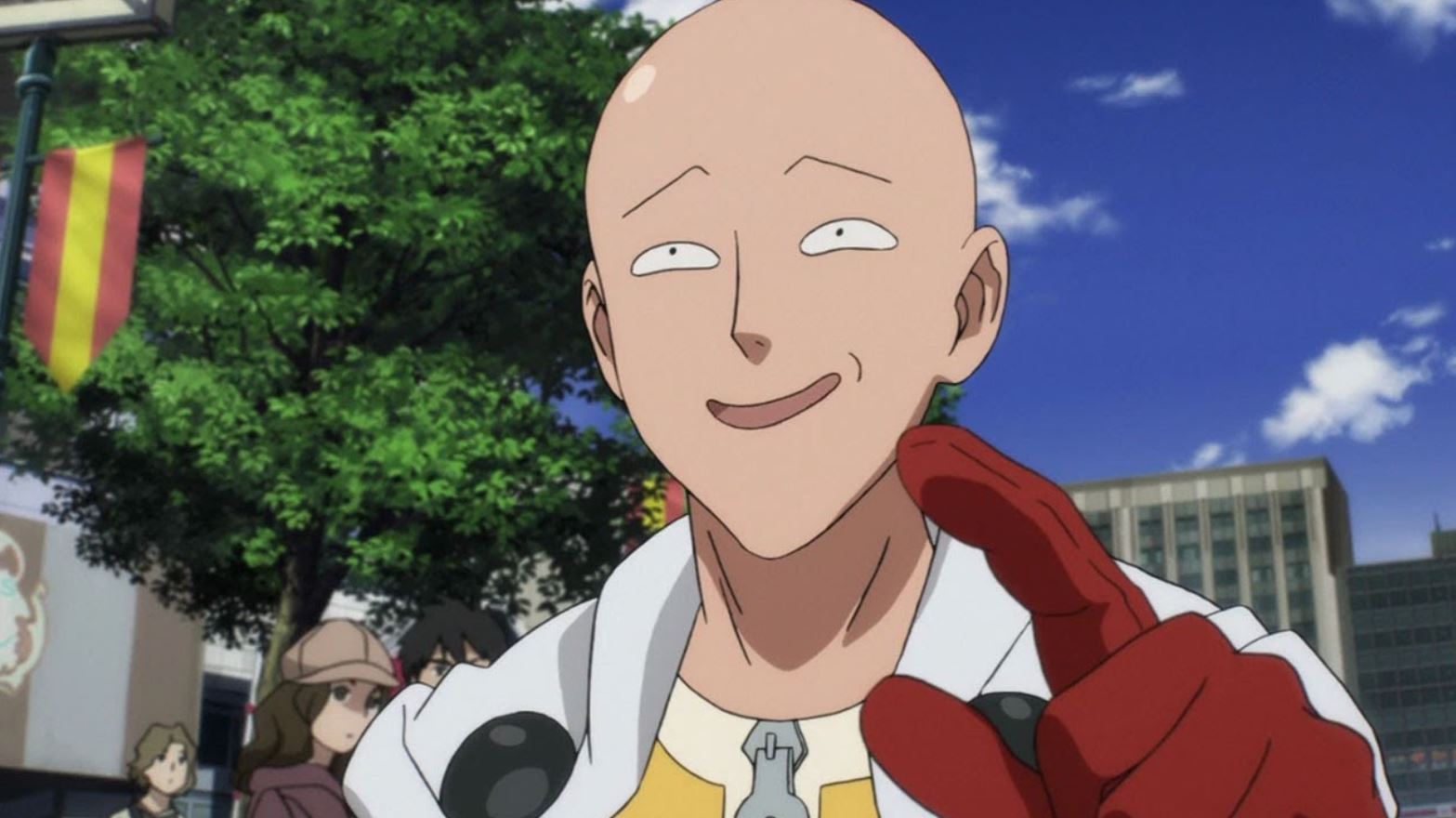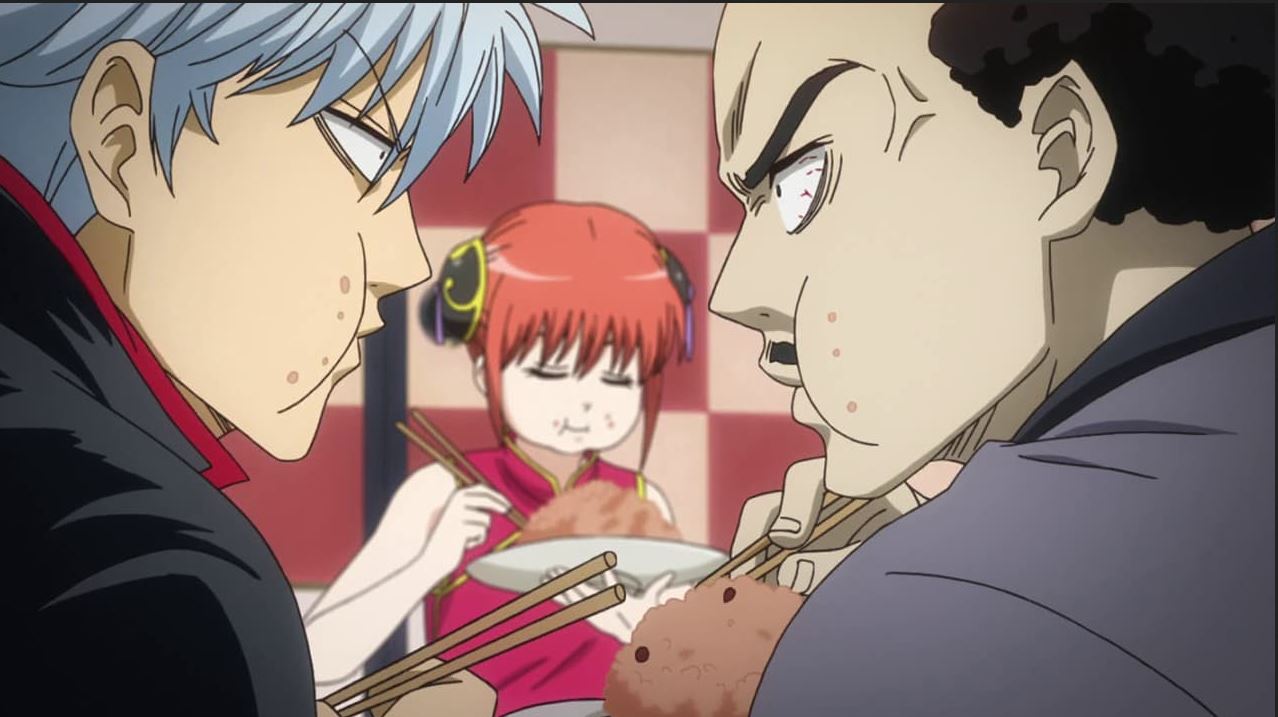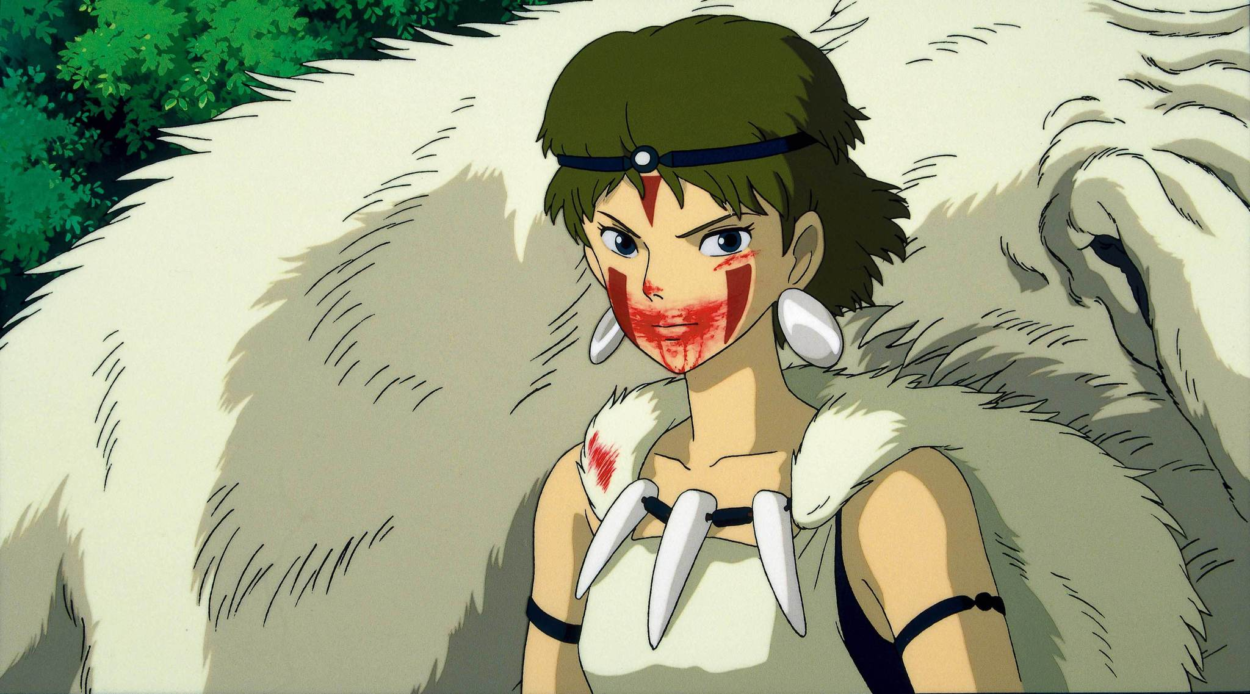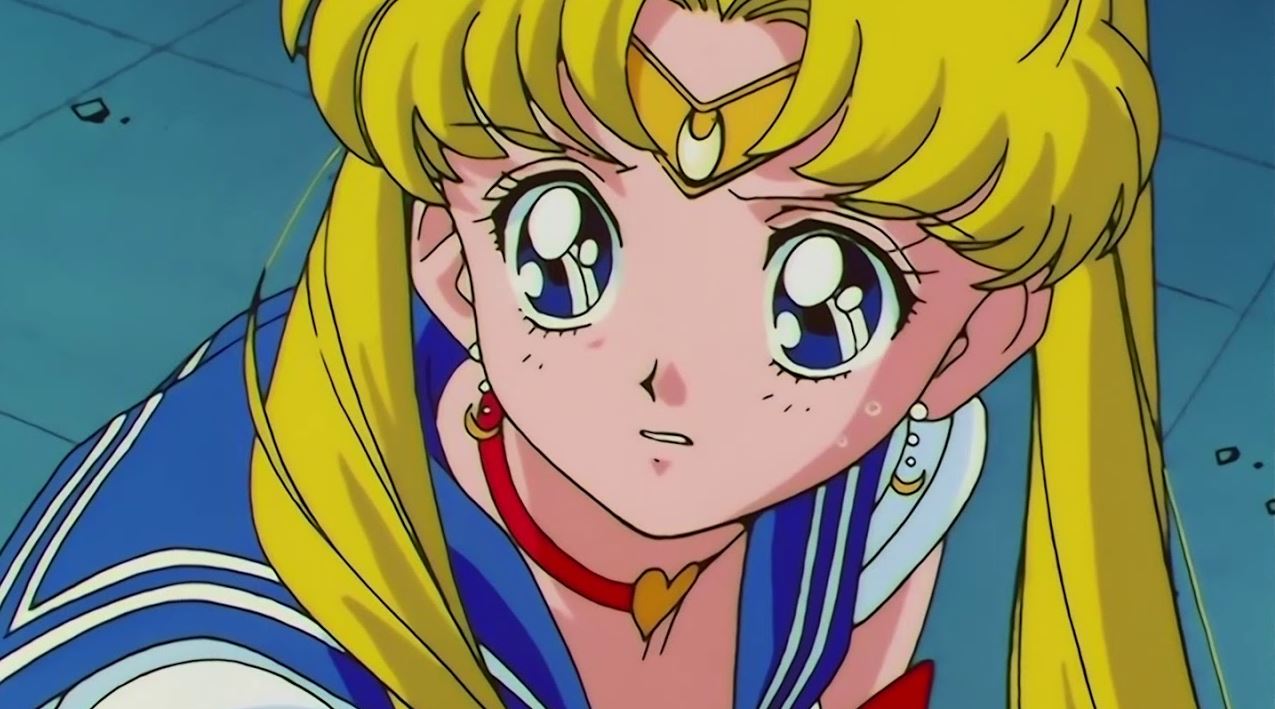You’ve probably heard from people that they want Anime recommendations but nothing too mainstream.
But what is this mainstream? What is the meaning of mainstream Anime?
Let’s find out!

In the west, Anime has now become something that everyone can enjoy, and it doesn’t require you to be well-versed in the language or culture of Japan. You’d find some merchandise online. Or a series on Hulu, Netflix, or Amazon.
An Anime series or movie can be considered mainstream when it’s made by a big company like Funimation or Sentai Filmworks (Crunchyroll) when it’s shown on TV networks like Cartoon Network or Adult Swim or when Netflix streams it too.
In short, much of what makes an Anime “mainstream” is its popularity—and how widely known it is outside of Japan!
What is Mainstream Anime?
The term “mainstream” has two meanings:
a) It can mean the cream of the crop, or
b) It can mean popular.
In this case, we’re talking about the latter meaning.
Some Anime shows are considered to be part of mainstream media today because they are popular and easily recognized by many people around the world.
However, not every Anime get this much attention. Only Anime that is from a big company, with a big budget and a large no. of views are considered mainstream.
For example Bleach, Naruto, Dragon Ball Z, etc.

What makes anime mainstream?
Usually, something has to be somewhat popular in order for everyone to know at least a little bit about it. Naruto, Dragon Ball, and Pokemon are examples of mainstream anime that almost everyone is familiar with.
Being mainstream isn’t necessarily a bad thing, but items that are incredibly popular tend to get a lot of flak from certain people, notable fans of obscure series. For one thing, occasionally a show or whatever becomes so successful that it becomes overly merchandised to the point where you can’t go five minutes without hearing about it, and people become sick of it.
Is Dragon Ball Z popular?
By far the most popular and identifiable anime is DBZ, which is referred to as “mainstream” in the United States.
Naruto is easily* the next most popular and identifiable – it’s considered mainstream, while Angel Beatz is hardly comparable in popularity outside of the anime community, it’s not mainstream. It is well known in the community, although not to the same extent.
So, when people say “popular,” they really mean it, but never to the extent that so-called “Mainstream” anime is.
Mainstream Anime as the Cream of the Crop
Mainstream Anime is the cream of the crop. These are the series that get all the hype, which is why they’re good to watch.
Mainstream Anime means you can find them at your local video store or on Netflix, but it doesn’t mean they’re any less good than an obscure series.
It can be anything from high-budget productions with cutting-edge graphics and soundtracks to low-budget shows made by small teams with limited resources.
The best part? You don’t have to know much about Anime before diving into one of these shows.
This video contains some recommendations if you want to explore some underrated gems in the anime world.
What’s the most Mainstream Anime?
The most mainstream Anime are the ones that are very easily recognizable nowadays.
For example, Naruto, Bleach, Fullmetal Alchemist, and Death Note are all Anime that has become very popular in recent times.
Some of these Anime has been around for decades (Naruto has been going since 2002), but they’re still considered mainstream because they have a lot of fans who watch them regularly and talk about them online when they do so.
The mainstream culture is becoming a widespread phenomenon like the Family-Oriented Studio Ghibli movies are now easily accessible on DVDs, Bluray, and OTT platforms. Or other buzzworthy Netflix exclusives making their way to our feeds now and then have made anime Mainstream.

Animes that are easily recognized by a non-Anime fan make them mainstream.
Examples can be the following Anime:
- One Punch Man
- Death Note
- Attack on Titan
- Pokemon
- Naruto
- Dragon Ball Z
- Sword Art Online
Although the popularity of Naruto among devoted fans may not be as high as it once was, many people are still catching up. After a universally panned conclusion, Bleach’s popularity has waned over time, yet the Anime still has a large following.
The most recent inductees into this hall of honor are Yuri!!! On Ice, My Hero Academia, Tokyo Ghoul, and Food Wars!
Following are some examples of the mainstream animes of different years and the revenue they have generated due to immense popularity.
| Anime Franchise | Genre | Earnings | IMDb Rating |
| Pokemon | Adventure, Comic, Action | $105 Billion | 7.5/10 |
| Naruto | Adventure, Fantasy, Martial Arts | $10 Billion | 8.9/10 |
| Gundam | Science fiction Military science fiction Real robot | $26 Billion | 7.9/10 |
| Yu Gi Oh | Science fiction, Action fiction, Adventure fiction | $20 Billion | 7.3/10 |
| Neon Genesis Evangelion | Dark Fantasy, Mecha, Psychological Thriller | $16 Billion | 8.5/10 |
| Anpanman | Comedy, Superhero | Around $60 billion | 7.3/10 |
| Sailor Moon | Fantasy, Superpowers, Shoujo | $14 Billion | 7.7/10 |
| Dragon Ball Z | Adventure, Fantasy, Martial Arts | $27 Billion | 8.8/10 |
| One piece | Adventure, Fantasy | $20 Billion | 8.9/10 |
Is Anime a niche or mainstream?

Even though technology has made it simpler to access foreign media, Anime and Manga will still be seen as a niche in the general entertainment sector. The root cause of this is the continued dominance of American media internationally.
Even though many western streaming platforms are producing their Anime content like Netflix’s Castlevania and Yasuke, competing for distribution rights; there is still a long way for Anime to become mainstream.
Because Netflix, Amazon, and many other platforms see it as a means of profit to attract otakus and get the profit increasing. Which is not enough to get rid of the western influence on the entertainment industry.
International audiences are familiar with American media brands like Marvel and Disney. The same goes for Anime and Manga.
Walt Disney’s work had a significant impact on Osamu Tezuka, known as the Godfather of Manga in Japan and the creator of Astro Boy and Black Jack.
The animators and Mangakas heavily edited the Japaneseness out of these shows to appeal to the western audience in the 90s. Anime shows were marketed to the west as free from Japanese cultural references as possible.
Because of this, shows like Sailor Moon and Speed Racer had significant filtrations and alterations such as changes in names and cultural references.
Hence, Anime is a subgenre not a mainstream form of media as of yet but things look great for the future of Anime.
When did Anime become mainstream?
With the popularity of Anime like Gundam, Macross, Dragon Ball, and other genres like Cyberpunk, Space Opera, and Real Robot in the 1980s, Anime production in Japan grew rapidly.
Most of these shows were either made by Shounen Jump or played on TV in a prime time slot. Shounen Jump is a Japanese Manga magazine that is published weekly and has been doing so since the 90s.
It has become one of the most popular Manga magazines in Japan, as well as the most popular in all of Asia.
Anime was also a lucrative market for American distributors by the end of the 1990s, with the only production expenditures being re-recording/rewriting dialogue and modifying content and timing.
Numerous television networks, like Cartoon Network and Sci-Fi Channel, would air Anime programs in dedicated blocks geared toward older kids and teenagers. Of these, Cartoon Network’s Toonami had the most of an impact on reaching the largest potential audience for several action-oriented Anime series.
Sailor Moon, Dragon Ball Z, and Gundam Wing, which were massive hits not only in Japan but also in America, were among the most popular Anime shows to air in the United States during the 1990s.
Other facets of Japanese popular culture started to dominate the scene. The biggest of these was Pokémon, which included a video game and card game in addition to being an Anime series.
As Anime viewers continued to adore films like Ghost in the Shell, Miyazaki’s films gained even greater popularity, with Princess Mononoke becoming the most expensive animated production ever created at the time.
Many Anime can be considered mainstream because it is popular to watch them and they have become part of the cultural landscape. The majority of westerners have grown up watching these Anime series.
Why Anime is becoming popular day by day?
A few years ago, it was generally thought that if an Anime had lots of characters who were cute girls doing cute things then it would be popular.
However, now many people think that this isn’t true anymore because there have been so many Anime like this in recent times which didn’t do so well commercially or critically.
The reason for this change is quite simple: Anime has become more diverse than ever! There are now huge differences between different types of shows and genres within the genre itself.
This can be seen in how far Anime has progressed from being just for otaku (a person obsessed with something) to becoming more mainstream and accessible to everyone who wants to enjoy watching them regardless of their previous experiences with other forms of media such as movies or TV shows etc.
Conclusion
- Animes are deemed mainstream when they are acknowledged by someone who isn’t an Anime fan. One Punch Man, Deathnote, Attack on Titan, Pokemon, Naruto, Boruto, Dragon Ball Z, and Sword Art Online are some examples.
- The category of mainstream Anime can range from high-end productions to low-cost programs created by smaller teams with few resources.
- The reason why some shows are mainstream is that they deal with very universal and relatable subjects such as friendship, family, love, and youth.